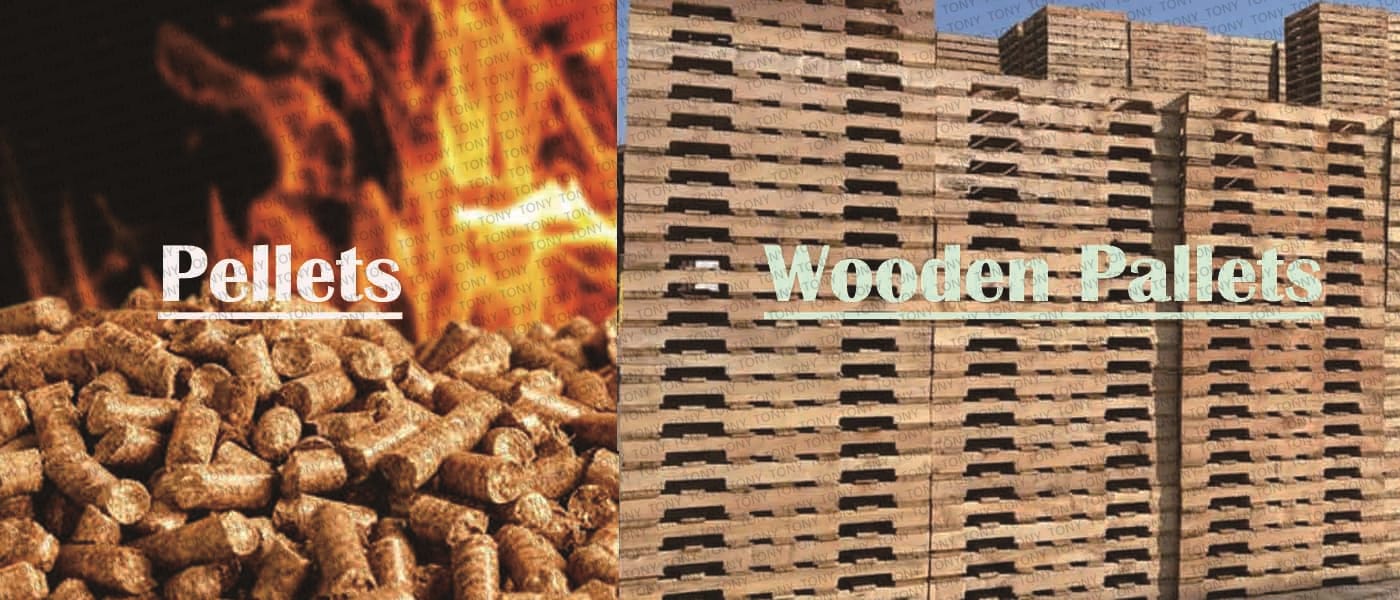People's concept of reusing waste materials is constantly strengthening, its market is also expanding, the utilization of waste resources is improving, and the value of waste resources is becoming more and more obvious. With China's emphasis on environmental protection and the continuous expansion of market demand, the prospects for the wood pellet machine industry are broad. The transformation and upgrading of enterprises will also promote the better and faster development of the wood pellet machine industry. In recent years, the booming development of the wood products industry such as furniture, home decoration and building materials has led to a continuous increase in the demand for wood pellet machines.

The energy released by each kilogram of particles under specific conditions is expressed in kcal. The calorific value of granules is directly related to the granulation temperature and the holding time. Under the same granulation temperature and holding time conditions, the calorific value of granules from different raw materials is also different. Generally speaking, the higher the granulation temperature and the longer the holding time, the greater the carbon content and the higher the heat output naturally. When the granulation temperature is less than 450℃, the calorific value of the pellets made from wood and its scraps is usually between 6,500 and 7,000 kcal /kg, while that of straw and rice husk pellets is generally around 6,000 kcal /kg. When the granulation temperature exceeds 600℃, the calorific value of the granules made from the above materials can be increased by 500 to 1000 kilocalories.
The processing of biomass pellets is a circular economy project that converts agricultural and forestry waste into industrial raw materials to achieve pellet recycling. The wood pellet machine equipment has a relatively wide range of considerations in the selection of raw materials for pellet production. The raw materials used are waste plant raw materials, such as sawdust, branches, rice husks, bamboo shavings, peanut skins, sunflower seed shells, furfural residue, wine residue, sugarcane residue, corn cobs, coconut shells, coffee grounds and agricultural straw, etc. The economic benefits are very considerable.





















